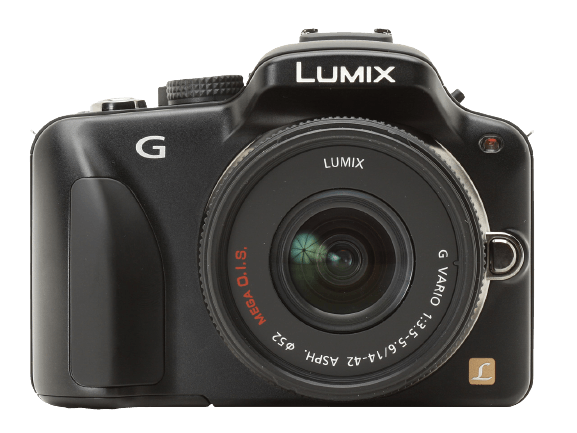Panasonic Lumix DMC G3 Specs and Scores

The Panasonic Lumix DMC G3 receives a score of 42/100 for general specifications. Launched in 2011, this mirrorless camera measures 115 x 84 x 47mm and weighs 336g, or 0.74lbs. Originally priced at $599, its features may not be as competitive in today’s market.
Despite its age, the Lumix G3 still offers decent specifications for casual photographers. However, more advanced users may find newer models with improved features more suitable for their needs.
Panasonic Lumix DMC G3 Overview and Optics
The Panasonic Lumix DMC G3 receives an optics score of 42 out of 100. This camera features 16 megapixels, a shooting speed of 4 frames per second, and a Live MOS sensor type. The Venus Engine FHD serves as its processor, and the camera has a DXOMARK sensor score of 56. The sensor size is Micro Four Thirds, and the lens mount is Micro 4/3. However, it lacks image stabilization and has an aspect ratio of 4:3.
When comparing these specifications to today’s market, the Lumix DMC G3 falls short in certain aspects. For instance, the absence of image stabilization is a notable disadvantage, as many modern cameras offer this feature to improve image quality. Additionally, the shooting speed of 4 frames per second is quite slow compared to newer models.
Despite these shortcomings, the Lumix DMC G3 still offers a decent performance for a camera in its class. It may not be the top choice for those seeking high-end optics, but it is a viable option for photographers looking for a budget-friendly camera with essential features.
Panasonic Lumix DMC G3 Video Performance
The Panasonic Lumix DMC G3 achieves a video score of 56/100. This camera offers Full HD video recording with a maximum resolution of 1920 x 1080 pixels. The camera provides a maximum video frame rate of 60fps, ensuring smooth and detailed footage. However, the G3 does not include built-in time-lapse functionality.
Compared to other modern cameras, the G3’s video capabilities may not be as impressive. While the Full HD resolution is satisfactory, many contemporary cameras now offer 4K video recording. The lack of time-lapse functionality also limits the creative possibilities for users. Nonetheless, the 60fps frame rate remains a strong feature for capturing smooth action sequences.
The Panasonic Lumix DMC G3’s video features are decent but not exceptional in today’s market. Users seeking advanced video capabilities may want to consider other options, while those prioritizing photography over videography may still find the G3 suitable for their needs.
Panasonic Lumix DMC G3 Features and Benefits
The Panasonic Lumix DMC G3 receives a feature score of 49/100. This score reflects the camera’s specifications and how they stand up in today’s market. The G3 has a 3-inch touchscreen with a screen resolution of 460,000 dots, offering a decent level of detail for composing and reviewing images. The camera also features a flip screen, providing flexibility for shooting at different angles.
However, the G3 lacks some modern connectivity options that are found in many current cameras. It does not have GPS, WIFI, or Bluetooth capabilities, which may limit its appeal to those who value easy sharing and geotagging of their images.
Taking all these specifications into account, the Panasonic Lumix DMC G3 offers a fair set of features that may suit some users, but it falls short in comparison to more advanced cameras with better connectivity options available in the market.
Panasonic Lumix DMC G3 Storage and Battery
The Panasonic Lumix DMC G3’s storage and battery receive a score of 16/100. This camera has one memory card slot, compatible with SD, SDHC, and SDXC cards. In today’s market, having a single memory card slot is common for entry-level and mid-range cameras, so it meets the standard expectations.
However, the battery life of the Lumix DMC G3 falls short, lasting for only 270 shots. The battery type is DMW-BLD10, and it lacks USB charging capabilities. Compared to other cameras in the market, this battery life is relatively low, and the absence of USB charging can be an inconvenience for users.
Despite its decent storage capabilities, the Lumix DMC G3’s battery performance is a drawback for potential buyers.
